Animals
-
 Ecosystems
EcosystemsWill Australia’s forests bounce back after devastating fires?
Intense bushfires that have blazed down Australia’s eastern coast could have long-lasting effects on the continent’s unique plants and animals.
-
 Life
LifeThe board game Oceans captures the beauty and ferocity of marine life
North Star Games' Oceans refines the gameplay of its predecessor, Evolution, and creates an immersive, nuanced game world.
By Mike Denison -
 Animals
AnimalsBeaked whales may evade killer whales by silently diving in sync
To slip past predators, beaked whales appear to synchronize their deep dives, staying silent while not hunting and ascending far from where they dove.
-
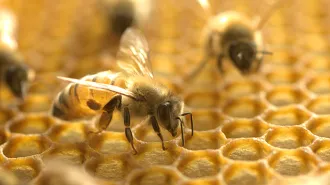 Life
LifeEngineered honeybee gut bacteria trick attackers into self-destructing
Tailored microbes defend bees with a gene-silencing process called RNA interference that takes on viruses or mites.
By Susan Milius -
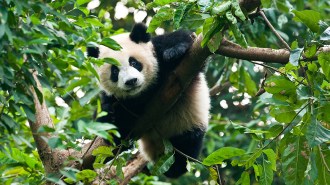 Life
LifeHow pandas use their heads as a kind of extra limb for climbing
Short legs on a stout bear body means pandas use a rare technique to climb up a tree.
By Susan Milius -
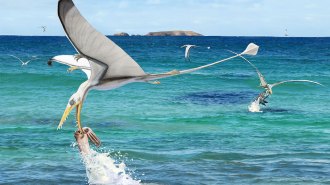 Paleontology
PaleontologyA squid fossil offers a rare record of pterosaur feeding behavior
150 million years ago, a pterosaur attempted to snatch a squid from the ocean surface and lost a tooth in the process.
-
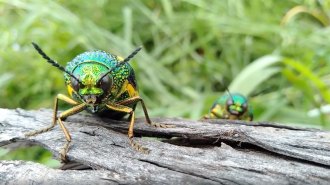 Life
LifeSparkly exoskeletons may help camouflage beetles from predators
Iridescence, normally thought to help insects stand out, can also camouflage beetles from predators, according to new experimental evidence.
-
 Animals
AnimalsCollectors find plenty of bees but far fewer species than in the 1950s
An analysis of global insect collections points to a major collapse in bee diversity since the 1990s.
By Yao-Hua Law -
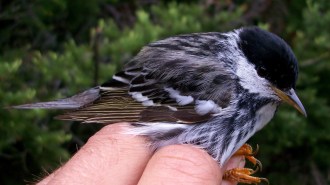 Animals
AnimalsA naturalist writes an homage to bird migration
In ‘A Season on the Wind,’ Kenn Kaufman shares his lifelong obsession for and awe of spring bird migration.
By Diana Steele -
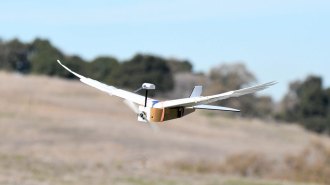 Life
Life‘PigeonBot’ is the first robot that can bend its wings like a real bird
Insights into the joint movements and feather surface structures that help birds control their wing shape could help robotic flyers move more deftly.
-
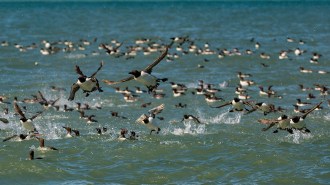 Life
LifeThe ‘Blob,’ a massive marine heat wave, led to an unprecedented seabird die-off
Scientists have linked thousands of dead common murres in 2015–2016 to food web changes caused by a long-lasting marine heat wave nicknamed the Blob.
-
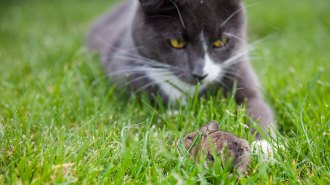 Neuroscience
NeuroscienceA parasite that makes mice unafraid of cats may quash other fears too
The parasite Toxoplasma gondii can mess with all sorts of mice behaviors and make the rodents fearless in many situations.